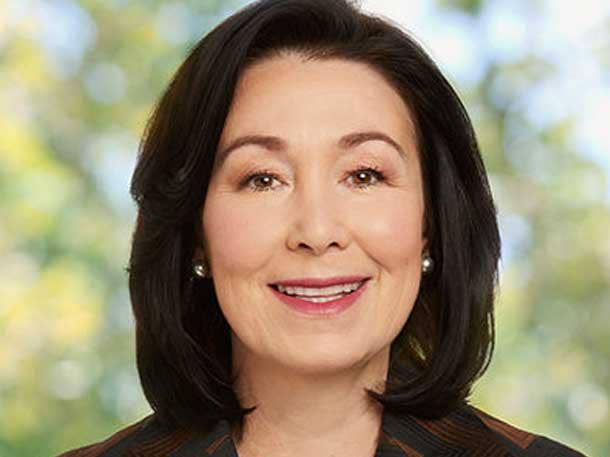Oracle Beats Expectations In Q3, Says Business Model Cushions Coronavirus Blow
Executive Chairman and CTO Larry Ellison tells investors that increased subscription sales, greater reliance on digital customer-engagement, and some hardware supply-chain workarounds can keep coronavirus from zapping Oracle’s future revenues.

Oracle closed a strong quarter last month, but projecting future sales was made tricky by the coronavirus pandemic and its uncertain impact on supply chains and customer spending, CEO Safra Catz said Thursday on a Q3 2020 earnings call.
In recent weeks, Oracle has “observed growing concern” around the spread of COVID-19, Catz (pictured) told investors. So far, at Oracle, it’s mostly “business as usual, with some minor modifications.”
Those include using more video conferencing and asking employees to postpone non-essential travel, Catz said.
But Catz and Oracle Executive Chairman and CTO Larry Ellison described a business model that has evolved since the dot-com bust of the early 2000s to be better-suited to cushion the blow of coronavirus-related disruptions and protect its workforce from the contagion.
[Related: Oracle Plans To Ride ERP And Database To Greater Cloud Glory]
“Our business model has changed radically,” Ellison said.
For starters, Oracle’s sales and service delivery have increasingly taken on digital formats in recent years.
“We do digital selling, digital support, we’re communicating with you across the internet,” he told investors. “Demonstrations where we’re not really there.”
A lot of Oracle’s implementation consulting comes from off-site locations in India and Philippines, he added.
And where Oracle used to have lots of small offices around the country and the world, it transitioned to a “hub model” with a few large campuses, like ones in Austin, Tex. and its Redwood Shores, Calif. headquarters. That further minimizes travel needs and eases workforce management during a period of crisis.
Oracle’s increasing shift toward subscriptions over license sales also softens any disruption from coronavirus on future revenue.
“Our business is not a one-time license business very much anymore,” Ellison said, noting in the past quarter, 71 percent of Oracle’s business was contracted as ongoing subscriptions before the quarter began.
Supply chain snags that Oracle is already seeing from its Chinese manufacturers can also be mitigated, Ellison told investors.
Oracle’s most-profitable servers, the Exadata machines which also platform Oracle’s Cloud@Customer on-premises service, are made up of the same components as its “plain old commodity servers,” Ellison said.
“We can reallocate the parts away from the conventional servers into the Exadata machines,” Ellison explained. “If there is a shortfall,” he said, it “should be in less-profitable commodity servers” to avoid slowing down Exadata manufacturing.
Oracle is working hard to ensure it meets all orders for its high-margin Cloud@Customer business, he added.
In her modeling for Q4, Catz noted the growing subscription business, which will have minimal impact from the virus because most of that revenue is already locked in.
That cloud services and license support segment—constituting SaaS, IaaS and software updates—is what “powered our revenue growth” in Q3, Catz said, generating $6.93 billion for 71 percent of Oracle’s total revenue, up from 69 percent the previous year. In the same period, license sales were flat.
And those revenue streams are becoming more profitable, Catz said, with SaaS and IaaS margins up more than 1 percent from the previous year.
“As we continue to get up to scale, expect those cloud margins to increase further, driving accelerations in profit growth,” she said.
Oracle saw $9.8 billion in total revenue for the quarter that ended Feb. 29—up 3 percent from the same period of the previous year. That beat analyst expectations by $50 million.
Non-GAAP earnings-per-share of 97 cents beat expectations by a penny.
Oracle stock closed Thursday at $39.80 and remained relatively flat after the market closed, despite the big sell-off brought on by coronavirus fears that sank the Dow Jones by a whopping 10 percent.
It was a “remarkable quarter with a lot of products and customer momentum in both applications and infrastructure,” Catz said.